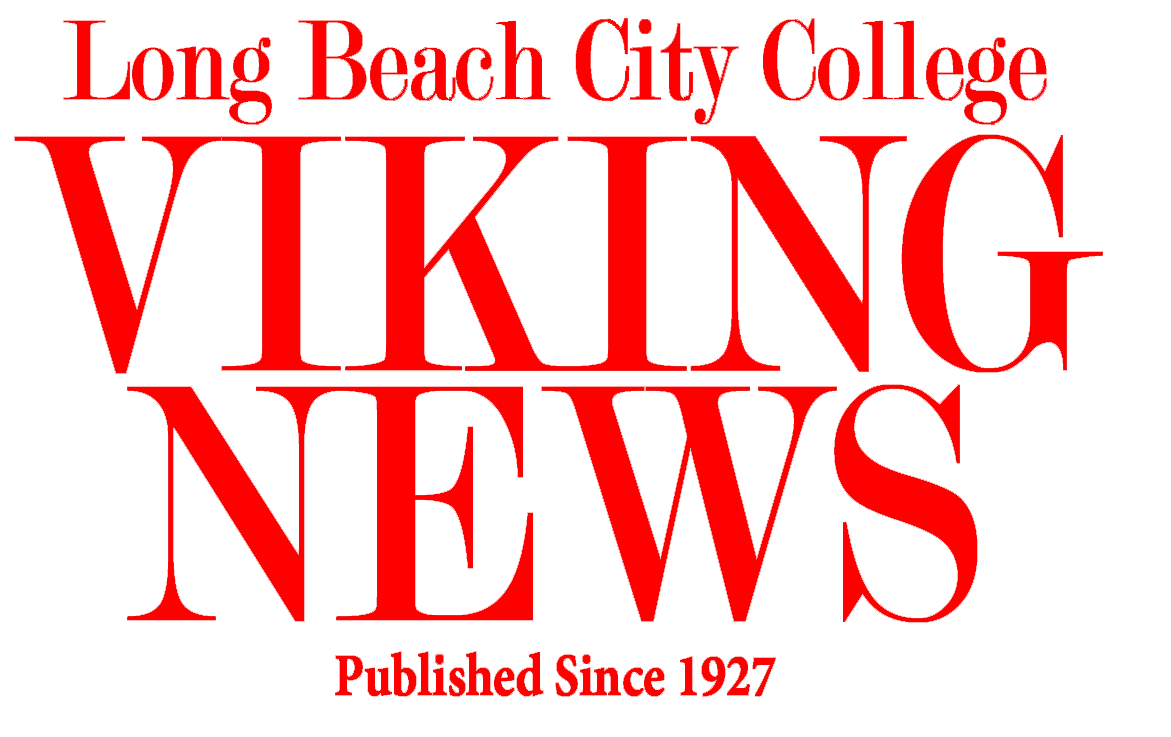The Acura Grand Prix of Long Beach celebrated its golden anniversary this year with the help of volunteer flag marshals and race management crew.
“It’s one of the neatest secrets in pro racing. Anyone can do it if you get tapped in with your local Sports Car of America Club and you can get trained to volunteer on a professional level,” Trevor Hermance, race control communicator, said.
Race control communicators are members of each turn team that talk to main race control, marshals, safety cars and medical staff via radio as races happen.
Paul Marygold has been a flagger for the Grand Prix for every year it has taken place, and has been in the field for over 50 years.
Over the years, Marygold has seen the transition of race car types change from Formula 5000 style cars to Formula One, leading to the indefinite switch to the IndyCar in 1984.
This year, Marygold took the role of being a race control communicator for turn beta, which was the part of the track right before turn one, with the help of Kyle O’Grady, turn captain, and Matthew Marin, flagger.
O’Grady described the importance of the trackside job, as they are the eyes and nose of the race control.
“Race control has cameras to see everything, but they don’t have the up close vision or sense of smell that we do. These different perspectives really help out when they’re handing out penalties or they crossed over a line they weren’t supposed to, like a pit exit or something like that, ” O’Grady said.
Marygold shared that the flag language and meanings are universal and have stayed the same over the 50 years he’s been in the field
In many races, Marygold has had to raise a red flag to stop the race due to a car crash.
“Having done this a very long time, crashes in racing are just something that happens and part of the idea of the flaggers is to communicate that to drivers. What tends to happen the most here at the Long Beach race is that a car hits the concrete wall and breaks a wheel or something to where that car cannot continue. We have to raise a red flag to clear the track of racers before a tow truck can get on to clear the damages, ” Marygold said.
All of the flag marshals work on a volunteer basis, starting at a local/regional club level, then moving into professional races.
People involved in the club can get educated and work in the field within two weekends of training, and it can be enough to take the reins on a club race.
“You see the same things at club races as you do here at pro races, just at higher stakes because there are very, very, very, very wealthy people driving these cars,” O’Grady said.
Flag marshals are not the only people involved on a voluntary basis as race management plays a role in keeping the tracks safe.
Race management crew member Kurt Kiel shared that their responsibilities included making sure that the press had the correct credentials and communicating track safety with the correct people, as well as perks to the job.
“Doing this job for seven years, the most common altercation we have is that people tend to get really intoxicated and try to climb the fences and get through,” Kiel said.
Kiel also shared that being a part of race management has the perk of being an up-close spectator, as the action is only a foot away from you.
Many members in both positions shared that racing was not their job, and that what they do in racing is their hobby.
Marygold is originally from the San Fernando Valley, but now lives in South Carolina.
“As I’ve made various job moves around the country, I’ve continued to stay involved in racing, coming back to Long Beach was part of seeing old friends and making new ones. That was the part that always brings me back the most, coming to the races,” Marygold said.
O’Grady studied mechanical engineering at California State University, Long Beach and made the switch from being an attendee with his family in grandstand 36 every year at the event to volunteering and being a part of the race in 2013.
He shared that he began to get involved while on a camping trip in Laguna Beach with his wife and neighbors, realizing that his neighbor was a flag marshal, which led him to get involved on a deeper level.
“It’s extremely exciting and very fun. For me, it’s been very rewarding because it feels like you’re part of the race. It’s one thing being a spectator and you’re there to see it, but when you’re flagging, you’re talking with race control and impacting decisions that happen and seeing it all up close,” O’Grady said.







